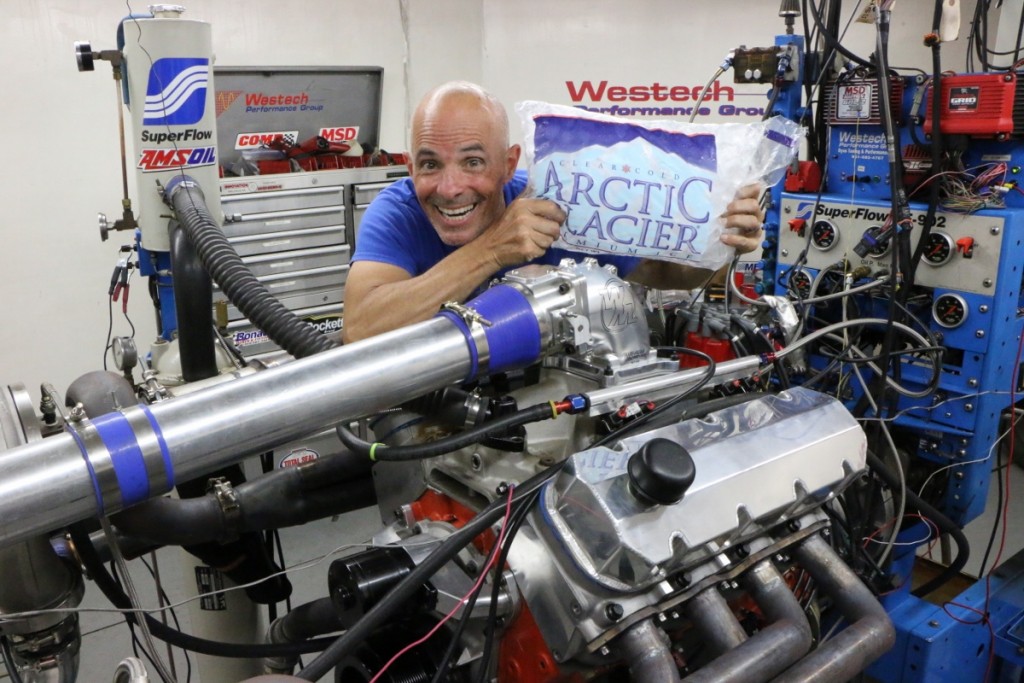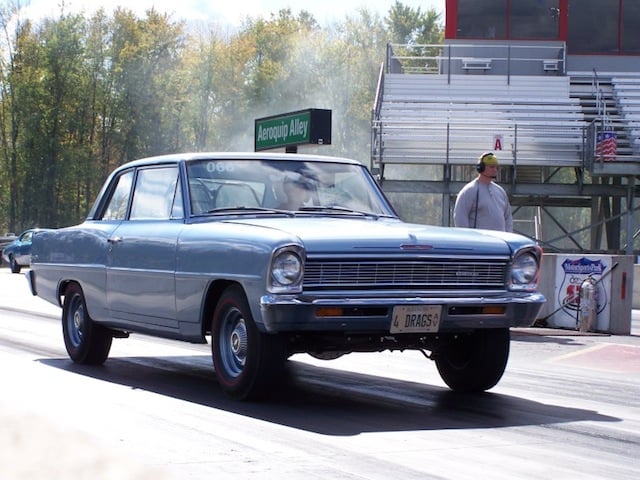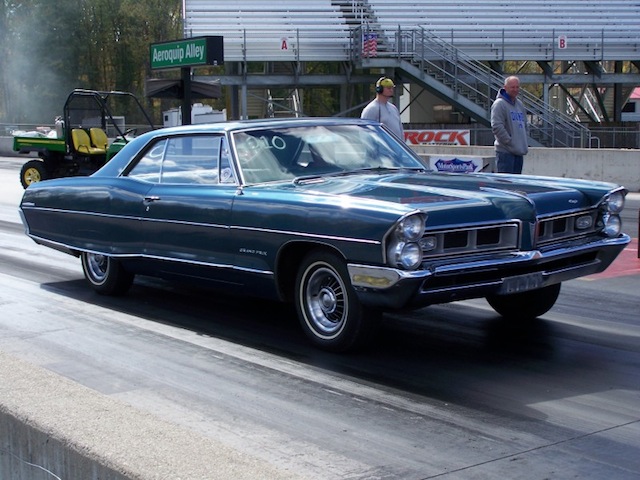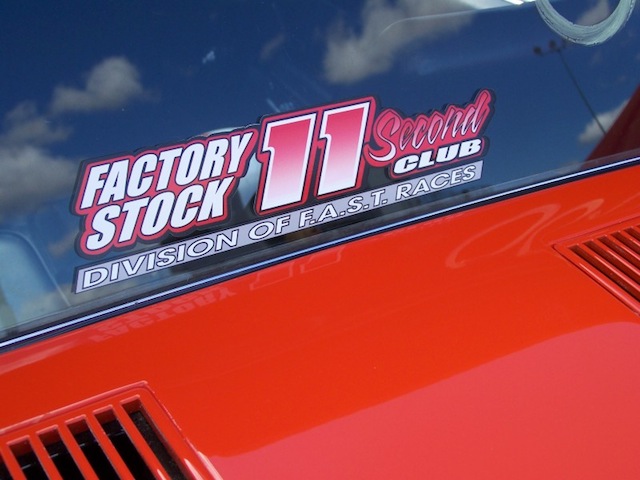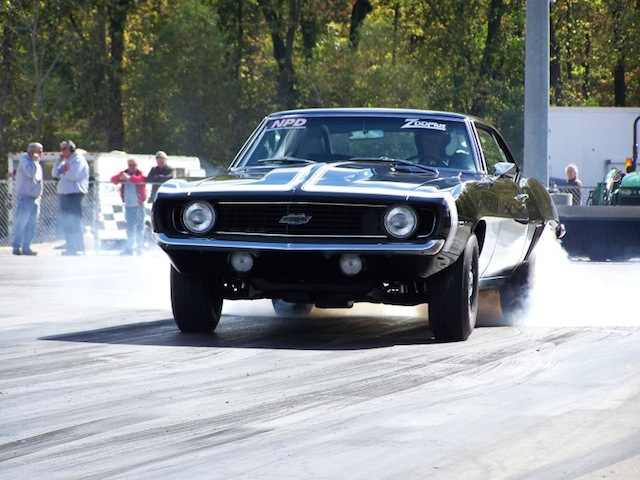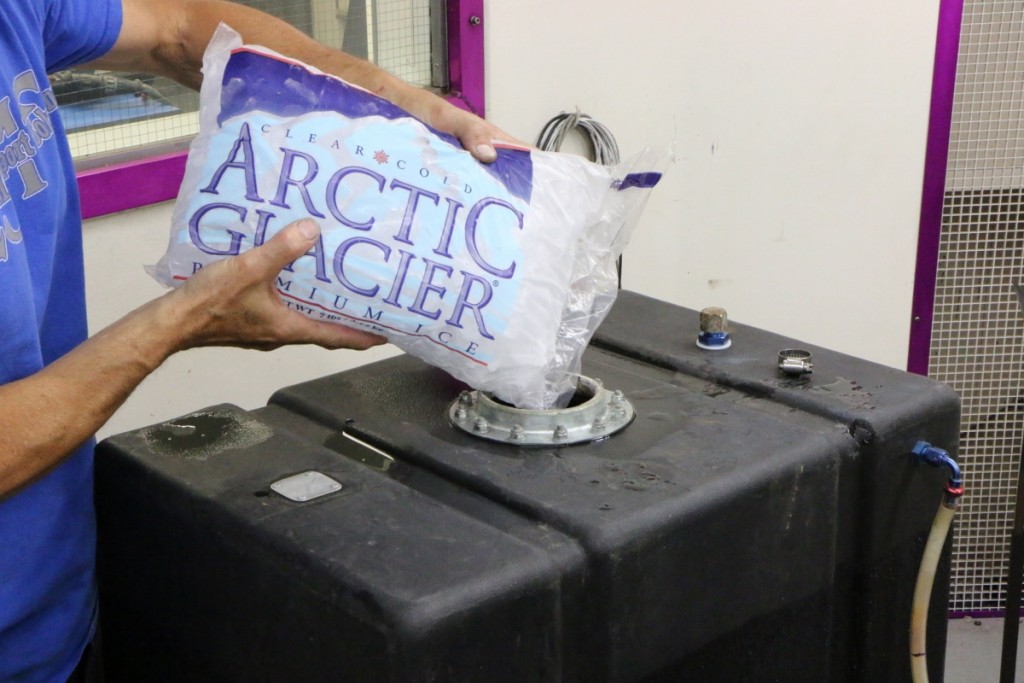Words and Photos by Richard Holdener
What’s not to love about boost, especially when it comes from a pair of properly sized turbos feeding a stroker big block? Such was the case recently with our 540-inch crate motor from Blue Print Engines. Now, don’t get us wrong, we love boost, especially from turbos, but beware, there is (as always) a negative side to the otherwise amazing positive pressure. One of our least favorite laws of physics dictates heat is an unfortunate byproduct of compression. I just knew there was a catch! That boost that we all know and love comes with a price, and that price is unwanted heat build up.
As we all know, heat is not only the enemy of power, but can also cause serious engine damage in the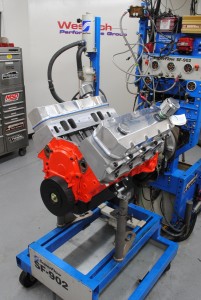 form of detonation. Curse you, physics for creating this love-hate relationship. Restricted by physics, the question now becomes, how does a boost builder stand the heat without getting out of the kitchen?
form of detonation. Curse you, physics for creating this love-hate relationship. Restricted by physics, the question now becomes, how does a boost builder stand the heat without getting out of the kitchen?
The answer to the ongoing battle with the boosted byproduct is obviously intercooling. As previously indicated, the boost pressure supplied by our turbos (or any form of forced induction) increases the temperature of the inlet air. Remember, hot air is bad! Luckily, physics also provides the answer to the hot-air blues, and it’s a simple matter of running said air through a heat exchanger.
Though we employed an air-to-water intercooler in this test, know that air-to-air systems work well, they just don’t allow you to run ice water as the cooling medium. They do, however, allow other coolants —water misting, CO2, and even nitrous oxide — to be sprayed on the core to further enhance the cooling properties of the air-to-air core. For this test, we relied on an air-to-water intercooler from CX Racing. Designed for high-horsepower, twin turbo (or blower) applications, the core featured a pair of 3-inch inlets and a single 3.5-inch outlet. Having easily exceeded 1,300 hp with this core, it was perfect for our ice-bucket challenge.
The idea behind the challenge was to illustrate the benefits of further cooling the charge air. The air-to-water intercooler was already on hand to drop the inlet air temps out of the turbos, but we relied on ambient (84 degrees) dyno water to run through the core. Not terrible in the grand scheme of things, especially running just a tad over 10 psi, but we knew there was even more power to be had with further chilling.
To illustrate these gains, we enlisted the aide of a stroker big block supplied by Blue Print Engines. The 540-inch big block featured plenty of strength, thanks to a 4-bolt block (BPE’s own casting) combined with a forged trio that included the crank, rods, and pistons. Designed for power-adder use, the crate motor also featured a static compression ratio of 8.5:1, a set of rec-port, aluminum heads, and a solid-roller cam profile. Supplied as a long block, the BPE crate motor was perfect for our intercooler test.
Naturally, the intercooler test required something more than a crate motor and an intercooler core, so we enlisted the aide of the turbo experts at Lil John’s Motorsports. They supplied a pair of Borg Warner 475S turbos, each capable of supporting up to 1,000 hp, so the pair was more than adequate for our needs. The turbos were fed by a set of tubular turbo manifolds whipped up by Jason over at J-Fab. Using V-band flanges, the turbo manifolds fed J-bends that featured both dedicated T4-turbo mounts and provisions for our Hyper-Gate45 waste gates supplied by Turbo Smart.
- Dale Waligora another new FAST guy showed up with his beautiful 69 ZL1 Camaro. Dale ran as fast as 10.87 and took the runner-up position.
Using aluminum tubing from CX Racing, we connected the turbos to the intercooler core and routed the discharge to the Wilson throttle body and inlet elbow and. The motor was also configured with 120-pound Holley injectors, an Edelbrock 454-R intake, and shortened valve cover swap from Speedmaster to help clear the 4-inch exhaust from the turbo. In addition to the 45mm Hyper-Gates, Turbo Smart also supplied the necessary Race-Port blow-off valve. This was necessary to eliminate the pressure surge that occurs during high-boost/rpm, lift-throttle conditions.
The first order of business was to run the turbo motor with the dyno water flowing through the intercooler core. Running waste gate springs designed to provide 10 psi, the peak boost pressure registered during the run reached 10.5 psi. Run at this boost level with fixed timing and an air/fuel ratio of 11.8:1, the twin-turbo big block produced 1,081 hp at 6,100 rpm and 1,018 lb-ft of torque at 5,000 rpm.
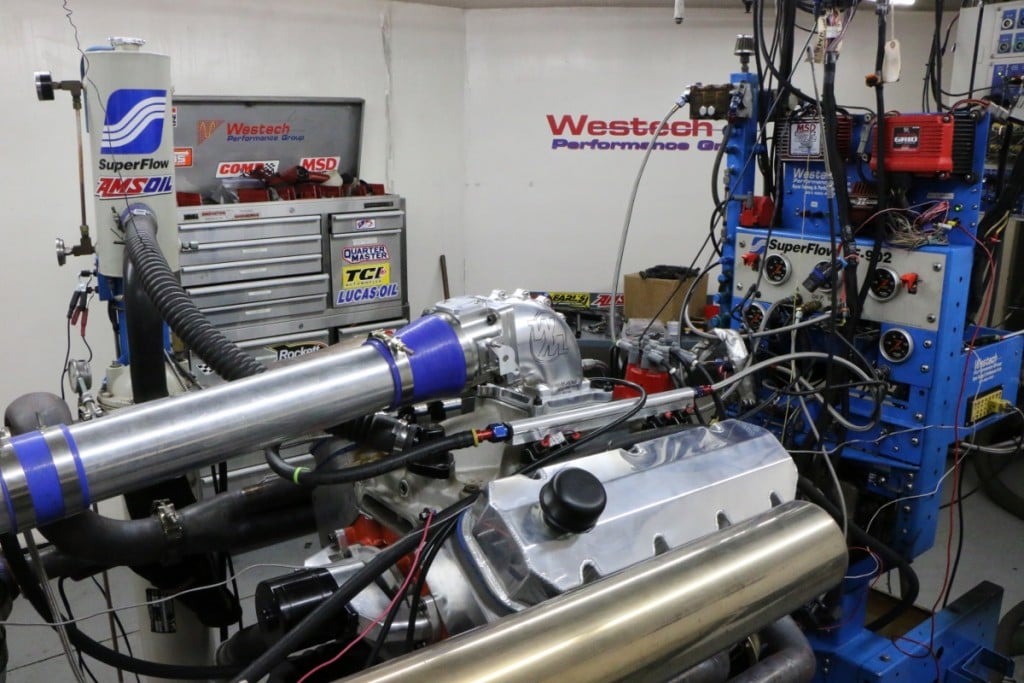
Run with ice water flowing through its veins, the twin turbo motor pumped out 1,109 hp and 1,066 lb-ft of torque. When it comes to turbo motor, ice is nice, nice, baby!
Next up, we plumbed our ice water system using a fuel cell and a pair of intercooler pumps. The 10-gallon cell was first filled with ice to the brim, then with water. After verification the system was pumping ice-cold water through the core, we once again ran the turbo motor in anger. Run with the ice water, the inlet air temps dropped by more than 25 degrees, and the power output jumped to 1,109 hp and 1,066 lb-ft of torque.
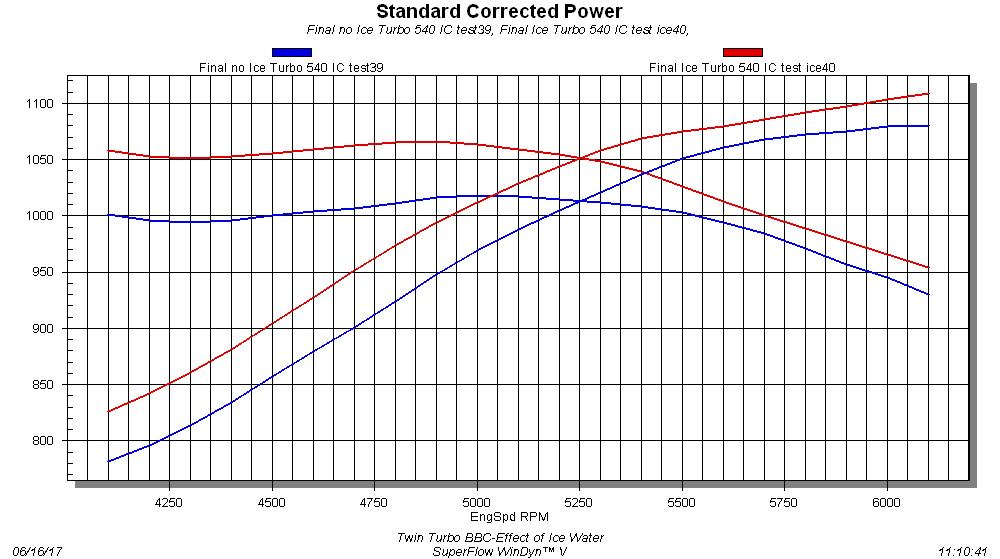
Twin Turbo BPE 540-Dyno vs Ice Water (10.4 psi)
As is evident by the graphs, replacing the 88-degree dyno water with 34-degree ice water made a significant change in the power output of the twin turbo 540 big block. Equipped with a pair of Borg Warner 475S turbos from Lil John’s Motorpsorts, the BPE 540 crate motor easily exceeded 1,000 hp by producing 1,081 hp at just 10.4 psi. Things stepped up in a big way once we added the ice water system to the intercooler core, as the power output of the 540 jumped to 1,109 hp. In some areas, the ice water netted improvements of more than 50 lb-ft of torque, but the gains diminished slightly at the top of the rev range. We suspect the flow rate of our two intercooler pumps was inadequate, but either way, we know the ice water is a serious weapon when looking for extra power.
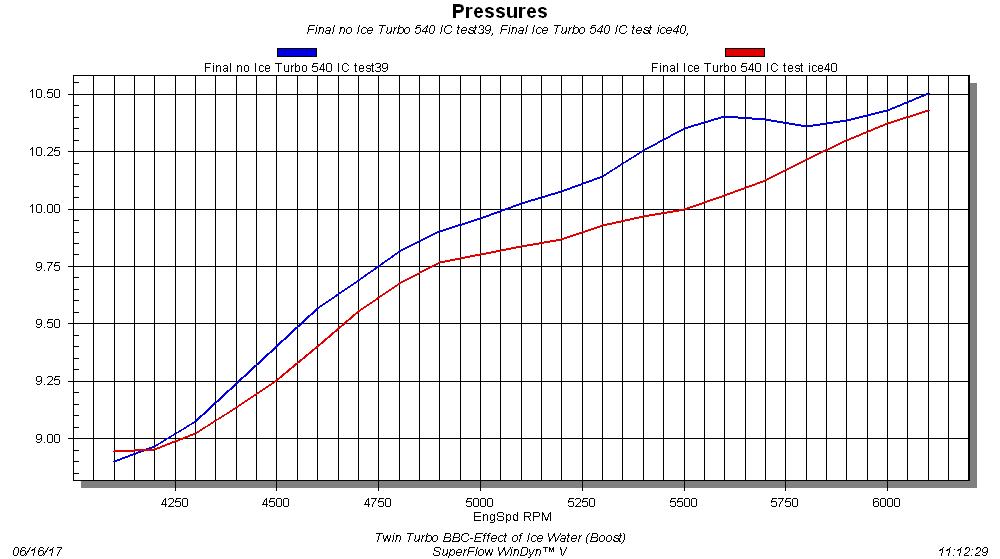
Twin Turbo BPE 540-Dyno vs Ice Water (Boost)
Naturally, we data-logged things like boost and charge temperature when testing. This graph shows the boost actually dropped slightly after introduction of the ice water, despite no changes to the waste gate spring (we ran no controller). The difference was as much as 3-4/10ths of a pound in favor of the dyno water, so if we compared at the same boost level, the gains might be even more significant. No wonder why drag racers always run ice water in their turbo motors, as the gains would be even more significant at higher boost levels.
We suspect our intercooler pumps were not up to the task of maintaining proper flow, as the power gains diminished at higher engine speeds, but we still showed the importance of ice water on a turbo application. Know also that the gains would be significantly higher at elevated boost levels, where the inlet air temps out of the turbo might exceed 300 degrees.
Sources: ARP, Arp-bolts.com; BluePrint Engines, blueprintengines.com; Edelbrock, edelbrock.com; Holley/Hooker/NOS, holley.com; JTFAB, 909.525.8220; Lil John’s Motorsport Solutions, LilJohnsMotorsports.com; Kenne Bell, kennebell.net; MSD, Msdignition.com; Speedmaster, Speedmaster79.com; Wilson Manifolds, wilsonmanifolds.net



